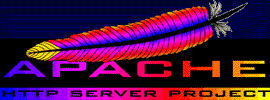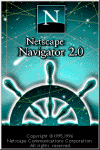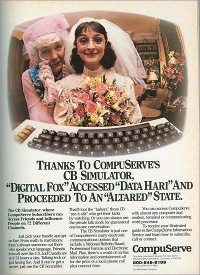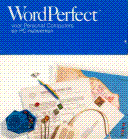 In 1995, the Apache Group releases Apache 1.0-the first official version of the Apache Web server. Significantly, Apache is open source which allows the user to access the source code. Adapted for the first Web server, Apache quickly becomes the most popular web server software on the net.
In 1995, the Apache Group releases Apache 1.0-the first official version of the Apache Web server. Significantly, Apache is open source which allows the user to access the source code. Adapted for the first Web server, Apache quickly becomes the most popular web server software on the net.
Apache development began the year before in 1994 when Brian Behlendorf was working on establishing a web site for Wired magazine that included name and password functions. Adapting the first web server written by Rob McCool, he writes a “patch” of code that gets the server to do what he wants it to. Programmers from all over began sharing these patches and advice, and by 1995 the server had been completely rewritten. The group that created it called themselves the Apache Group and released the software. Within a year it’s the most popular server software online with it’s free price and open, customizable code.






